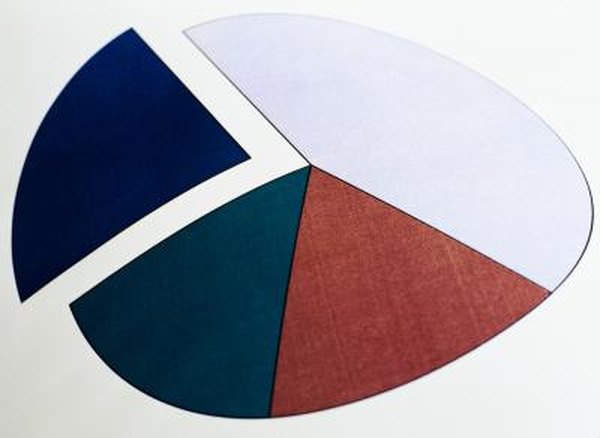How to Calculate Stock Broker Costs
Keep track of brokerage costs with a simple spreadsheet.
Ryan McVay/Stockbyte/Getty Images
A stock broker connects you with investment opportunities. In return, you pay brokerage commissions on trades. Brokerages sometimes charge other flat fees and annual fees based on a percentage of the value of the account. While investors often equate trading costs with brokerage costs, a more accurate calculation takes these other costs into account as well. Some investors may include mutual fund fees in their cost calculations.
Trading Costs
Calculate the direct cost of a stock trade using an Excel or similar spreadsheet. For each trade, enter the equity name, price per share, number of shares traded and commission cost. Show the total cost for each trade before and after commissions. Calculate the total cost of all trades before and after commissions. Calculate total commission costs as a percentage of total share costs. The formula is total commission costs divided by total share costs before commissions. For example, if commission costs total $300 and share costs total $6000, your commission costs are 5 percent of share costs.
Other Costs
Some brokers charge additional fees, such as an account setup fee or an account maintenance fee. If your broker charges these fees, add another entry for "total commission costs plus fees." You may also want to include an entry for "total costs of each trade after commissions and fees." Add another entry for "total commissions and fees as a percentage of total share costs." The formula is total commissions and fees divided by total share costs before commissions. For example, if commissions total $300, fees total $150 and shares cost $6000, commissions and fees, totaling $450, are 7.5 percent of share costs.
Fees Based on Account Equity
Some brokerages charge an annual fee, usually 1 to 1.5 percent of equity. Often this is in lieu of commissions on trades; some brokerages charge both. Either way, add this to the fees charged for maintenance and account setup. The calculation for total commissions and fees as a percentage of total share costs then includes this fee.
Indirect Brokerage Costs
If you invest in mutual funds -- pools of professionally managed equities owned by its investors -- or in passively managed exchange traded funds that try to duplicate the results of an index like the S&P 500, you have additional costs. These appear as the "Management Expense Ratio" in the fund's prospectus. They vary from 0.15 percent to over 3 percent. List each mutual fund, determine the MER for each and set up a formula you can copy to each fund that multiplies equity by MER to determine fund costs. Since these are annual expenses, you can calculate them once yearly along with any other annual fees. If you have funds with loads -- basically sales fees charged by your broker -- you will need to include these costs as well. Whether your fund is front-loaded, which means the sales fee is added when you buy it, or back-loaded, with the sales fee added when you sell it, include the fee with the purchase because that's when the obligation occurs.
References
Writer Bio
I am a retired Registered Investment Advisor with 12 years experience as head of an investment management firm. I also have a Ph.D. in English and have written more than 4,000 articles for regional and national publications.

